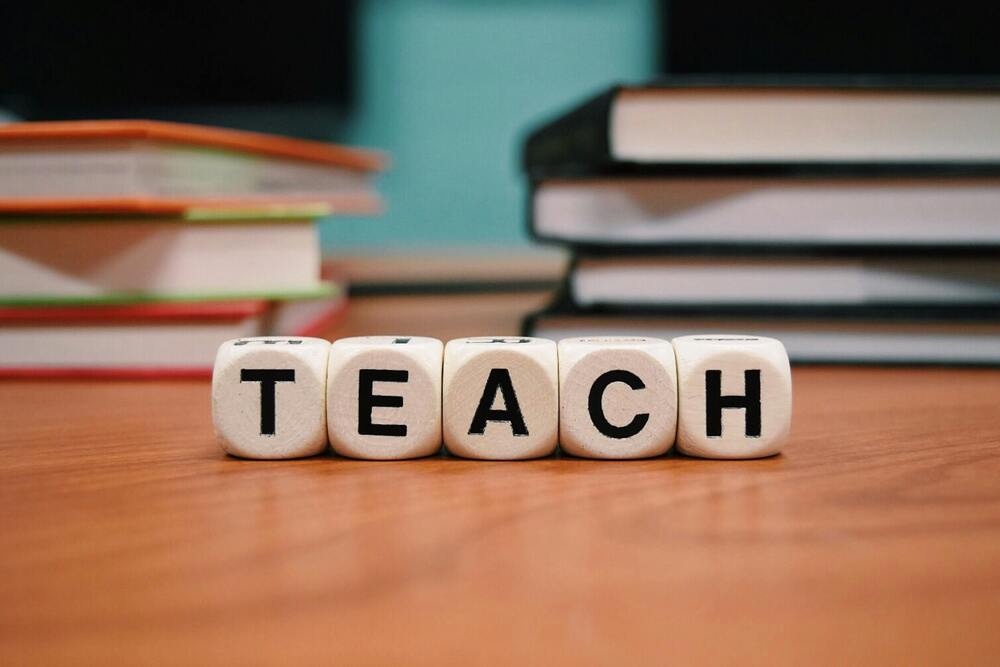In today’s diverse classrooms, one size does not fit all. Educators are increasingly recognizing the importance of differentiated instruction to meet the varied needs of their students. This approach not only enhances learning outcomes but also fosters a more inclusive environment. Let’s dive into the statistics, strategies, and benefits of differentiated instruction, ensuring that every student has the opportunity to thrive! ?

Understanding Differentiated Instruction
Differentiated instruction is a teaching philosophy that tailors learning experiences to accommodate individual student needs, interests, and learning profiles. According to a study by the National Center for Learning Disabilities, approximately 1 in 5 students in the U.S. has a learning disability, highlighting the necessity for personalized teaching methods.
Key Statistics on Differentiated Instruction
- 75% of teachers believe that differentiated instruction positively impacts student engagement. ?
- Schools that implement differentiated instruction report a 20% increase in student performance on standardized tests. ?
- A survey found that 85% of educators feel more confident in their teaching abilities when using differentiated strategies.
Strategies for Effective Differentiated Instruction
To effectively implement differentiated instruction, educators can utilize various strategies. Here are some popular methods:
-
Flexible Grouping: Students are grouped based on their learning needs, interests, or abilities. This allows for targeted instruction and collaboration.
-
Choice Boards: Providing students with options for assignments or projects empowers them to take ownership of their learning.
-
Tiered Assignments: Assignments are designed at varying levels of difficulty to challenge students appropriately.
-
Learning Stations: Setting up different stations in the classroom allows students to engage with content in diverse ways, catering to various learning styles.
Example of a Choice Board
| Activity Type | Beginner Level ? | Intermediate Level ? | Advanced Level ? |
|---|---|---|---|
| Reading | Picture Book | Chapter Book | Novel |
| Writing | Short Paragraph | Essay | Research Paper |
| Math | Basic Problems | Word Problems | Real-World Application |
| Art | Simple Drawing | Mixed Media | 3D Project |
Benefits of Differentiated Instruction
The advantages of differentiated instruction extend beyond academic performance. Here are some key benefits:
- Increased Engagement: Students are more likely to participate when lessons are tailored to their interests and abilities. ?
- Improved Self-Esteem: Personalized learning helps students feel valued and capable, boosting their confidence. ?
- Better Classroom Management: When students are engaged and learning at their own pace, classroom behavior often improves.
Impact on Student Performance
A study conducted by the University of Virginia found that students in differentiated classrooms scored an average of 15% higher on assessments compared to those in traditional settings. The following table illustrates the performance differences:
| Classroom Type | Average Test Score (%) | Improvement (%) |
|---|---|---|
| Traditional Classroom | 70 | - |
| Differentiated Instruction | 85 | +15 |
Challenges and Solutions
While differentiated instruction is beneficial, it does come with challenges. Here are some common obstacles and potential solutions:
- Time Constraints: Planning differentiated lessons can be time-consuming.
-
Solution: Collaborate with colleagues to share resources and strategies.
-
Classroom Management: Managing a classroom with diverse activities can be difficult.
-
Solution: Establish clear routines and expectations to maintain order.
-
Assessment: Evaluating student progress can be complex.
- Solution: Use formative assessments to gauge understanding and adjust instruction accordingly.
Conclusion
Differentiated instruction is not just a teaching strategy; it’s a commitment to meeting the diverse needs of every student. By embracing this approach, educators can create a more inclusive and effective learning environment. With the right strategies and a focus on individual student needs, we can ensure that every learner has the opportunity to succeed. ?
For more resources on differentiated instruction, check out Edutopia and ASCD. These platforms offer a wealth of information and practical tips for educators looking to enhance their teaching practices.
Let’s work together to make education accessible and engaging for all students! ?



